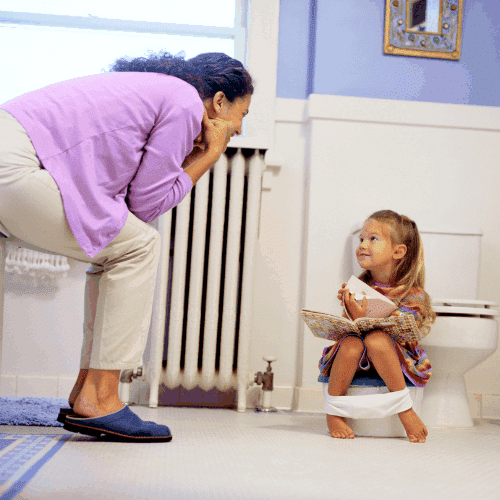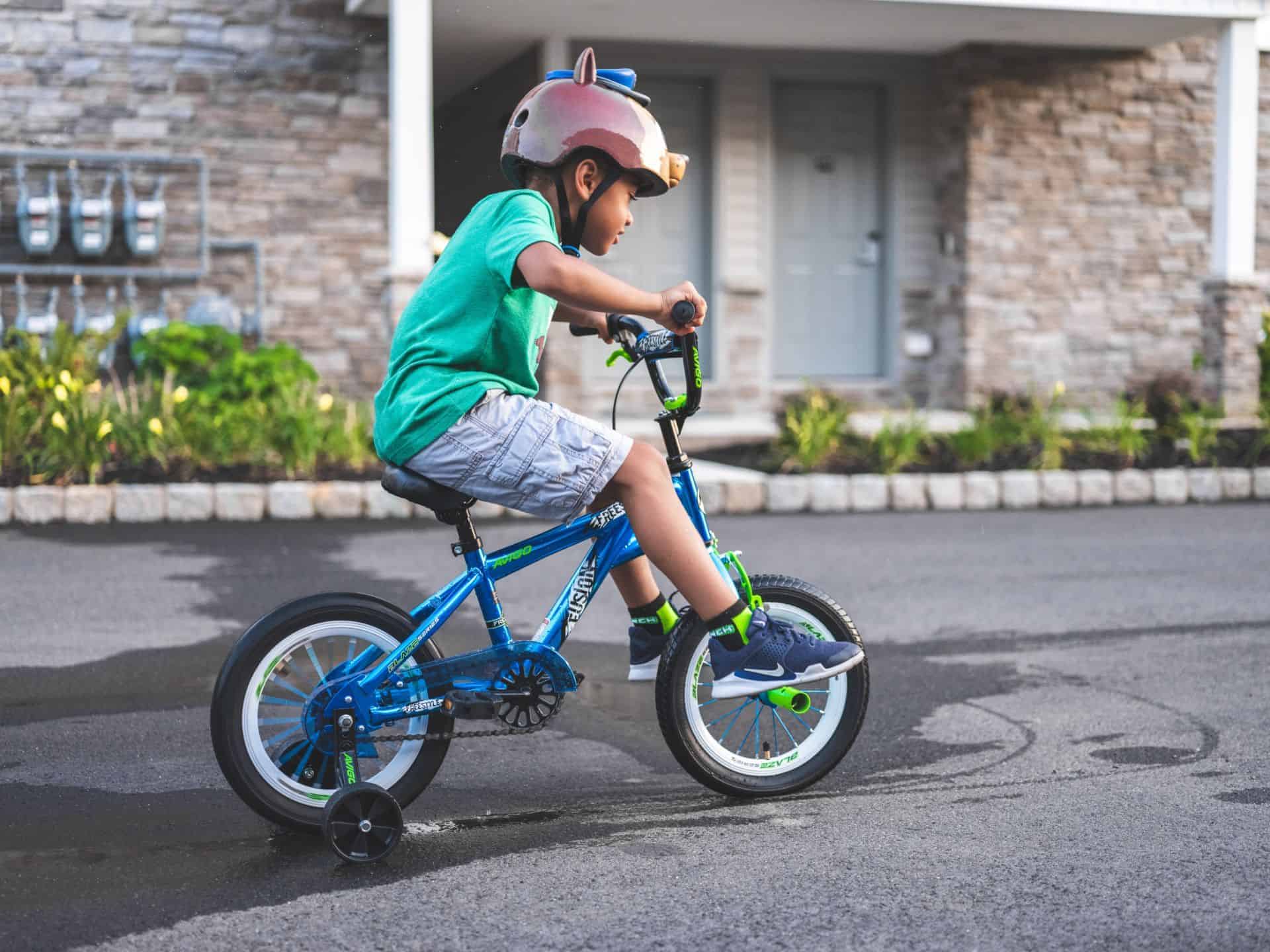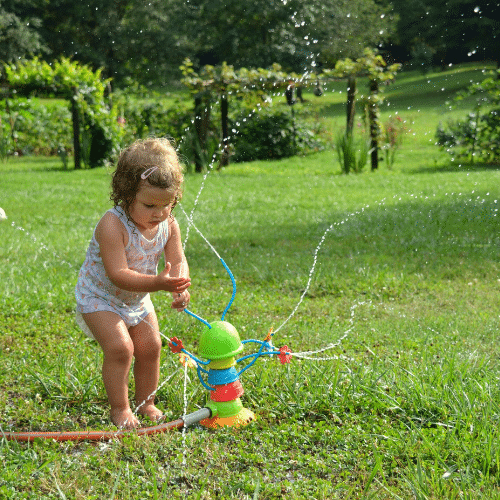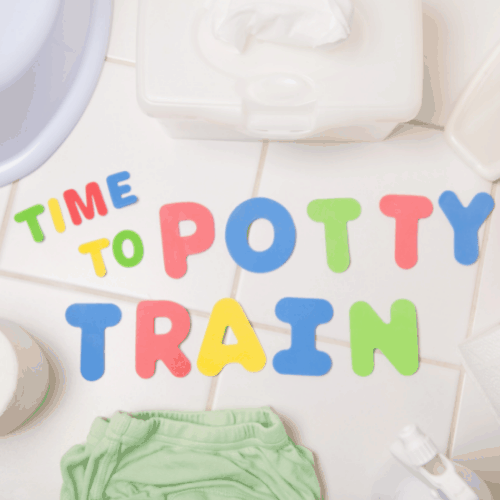As if potty training wasn’t tricky enough, night-time poses a new, more difficult challenge. If you go into potty training with the expectation that in three days times, you child will be able to stay dry all day and night, you’re setting yourself up for disappointment.
Of course, how your child reacts to potty training of any kind depends on the individual child. That’s not to say that certain methods are more or less successful. For example, the three-day intensive training regimen is extremely successful, condensing potty training into the shortest possible period of time. Using sticker charts and rewards to motivate your child is something that works for virtually all children.
However, night-time potty training is something completely different. You’ll need to approach night-times differently and be prepared for it to take longer. But why is night-time potty training different to the daytime? How can you successfully approach night-time potty training? What should you do if night-time accidents keep happening?
As an Amazon Associate I earn from qualifying purchases. The links below may be affiliate links. Please read my disclosure policy for more information.
Night-time vs Day-time Potty Training
The reason that potty training during the night is more challenging is that it takes longer to learn. Holding our bladders and bowels is something we learn as we age, usually starting from two or three years of age.
A child learns to control their bowels before their bladder, which is why bed wetting incidents can last longer.
Additionally, even a reliably potty-trained child may struggle to hold their bladder while they sleep. Generally speaking, night-time potty training is kept separate from the day-time training.
Once your child is getting the hang of using the potty and holding their bladder during the day, when they’re awake and focused, then you can start thinking about night-times.
For example, when you’re potty training during the day, you will need to keep a close eye on your child. The child may regularly be asked if they need the potty, and in some cases, a parent might go right ahead and put their child on the potty after drinks or meals.
During the night, of course, is a different story. Your child is asleep, and their bladders are often not able to hold urine for more than a few hours. Therefore, an accident is inevitable.
This can upset a child that’s doing well in potty training. At this stage, children understand what is happening, and often aren’t happy to sit in a wet pull up or diaper.
Using pull-ups or diapers during the night can be helpful and allows you to focus on daytime training without worrying about the nights. However, you might feel that this will only confuse your child about day-time potty training.
If that’s the case, it would be best to approach day and night-time training as a dual attack.
Whatever you decide to do, be aware that night-time accidents are likely to happen. Stay calm and be prepared.
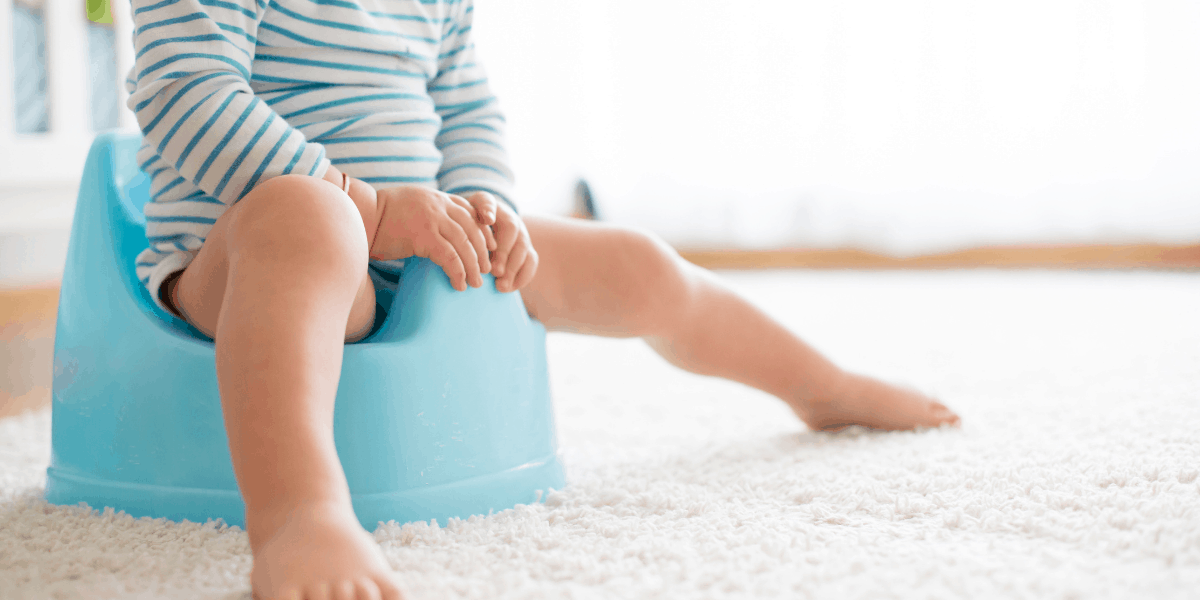
Potty Training: What Age is the Right Age?
A common worry of any new parent is: “What is the right age for potty training?” This essentially translates to: “Is my child progressing normally?”
It’s important not to rush your child into potty training. If you try training your child before they’re ready physically, it won’t work.
The usual age to begin potty training is approximately two and a half years old. However, each child is different. If your child isn’t ready by then, don’t worry too much.
If your child is four or five years old, possibly nearing school age, it may be time to speed it up. Sending your child to school in diapers isn’t ideal!
By the age of five, most children are reliably dry during the day and night. However, there may still be accidents.
One issue with night-time potty training is that it can last much longer. Years after your child has been successfully potty trained, they may still be having night-time accidents. This can be frustrating, and a little worrying. How can you effectively deal with night-time potty training?
Night-time Training Tips and Tricks
The absolute best way to approach potty training (whether night or day!) is to wait until your child is ready for it. Here are some signs that your child is ready to begin night-time potty training:
- Their nappy or pull ups are dry or only a little damp in the morning. This means that your child is successfully holding their bladder during the night. After a few dry days in a row, it’s time to start potty training during the night!
- They don’t like wearing their pull ups or diapers at night. A child may try and avoid putting them on. Some children even take off their pull ups at night. They may ask not to wear them.
- Your child wakes up in the night to go to the potty. They might wake you up, or a child might even go by themselves. This in particular is a great sign!
Even if your child is ready for night-time potty training, you still need to be prepared for accidents. When you potty train during the day, you can keep a close eye on your child to avoid accidents. Setting your child on the potty as soon as an accident seems likely avoids disaster, but also teaches your child a valuable lesson.
At night, of course, this isn’t an option. The whole household is asleep, including your little one. What can you do to ease the process? Here are some things you should do – and some you shouldn’t.
Do:
- Use rubber or waterproof mattress protectors. A midnight accident can lead to a urine-soaked mattress in the morning. Unless you want to keep buying new mattresses or stuffing them in the washing machine (not all children’s mattresses are machine washable!) it’s good to invest in something protective. You might keep this mattress protector on the bed even after your child is potty trained. It likely won’t bother your child and adds an extra layer of security.
- Get your child to use the potty before bed. Even adults sometimes wake up in the night and need to use the toilet. Children’s bladders and much smaller and weaker, so it’s important that your little one uses the toilet before bed. One idea is to restrict your child’s intake of water and juice right before bed. However, if your little one is thirsty, you might need to give them a drink anyway.
- Have supplies on hand. Have the potty ready in case your child wakes you up in the night. It’s also good to have clean sheets and fresh sleeping clothes ready in case of accidents. This means that you can quickly change your child’s bed and clothes without having to rummage through the house for new pyjamas!
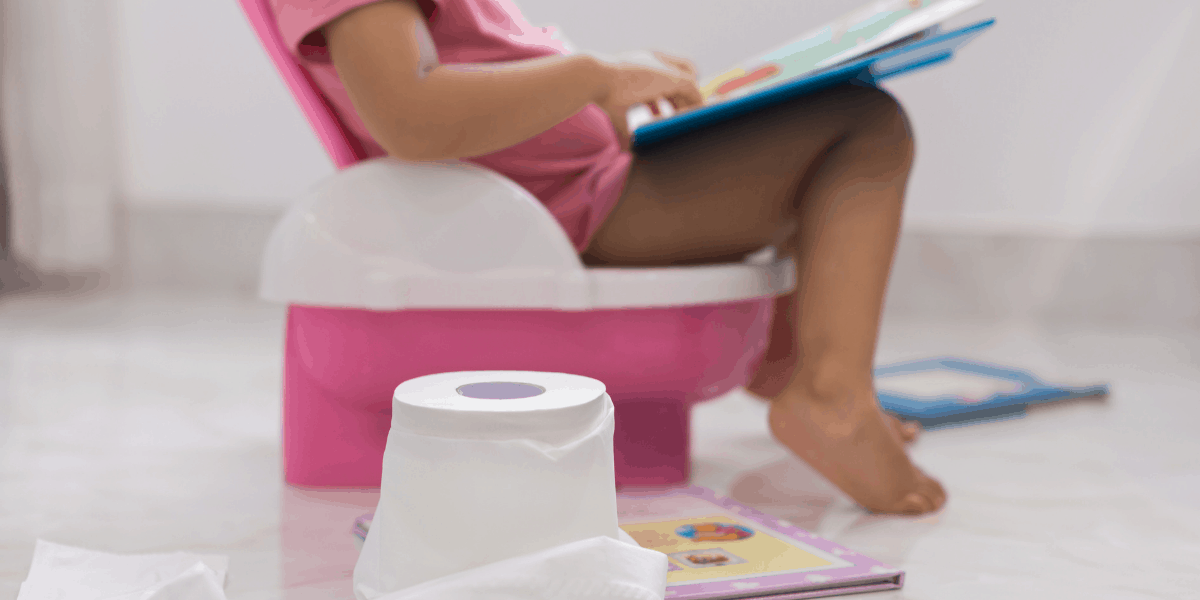
Don’t:
- Get angry. Bedwetting is subconscious, and at this age, your child can’t fully control their bladder. Scolding or punishing your child can make them upset and ashamed. It can also make them nervous about going to bed and more afraid of having accidents. This actually increases the likelihood of future accidents. Stay calm and deal with the situation as a loving parent should.
- Use the “lifting” technique. Some parents get up in the night and physically lift their child out of bed, taking them to use the potty or toilet. At a first glance, this technique may seem to work, resulting in dry nights. Unfortunately, lifting only causes more problems. A child learns nothing by this, and they often don’t even remember being taken to the potty.
There is a difference between your child waking up, realizing they need the potty, and then calling you for help, and you waking them up. Your child needs to connect the sensation of a full bladder with needing to use the potty.
Your child going in the potty may seem like a win, but chances are, they’re emptying their bladder before it’s full, and they’re getting used to this.
This means that on the nights you don’t lift your child, they will almost certainly have an accident. Lifting is a technique which removes the symptom of a problem without ever addressing the root cause.
Recommended Products








Night-time Potty Training and Older Children
Night-time accidents, or bedwetting, can last for years. This can be worrying for a parent and distressing for the child. While most children are consistently dry during the day and night from the age of around five, accidents can go on for years.
There may be a physical or emotional cause to bedwetting, but whatever the cause, it’s vital for you, as the parent, to stay calm and loving throughout.
Potty training can be tedious, messy, and frustrating. However, putting in a little extra work and effort now can work wonders for your child in the long room. Take the time to talk to your child about potty training and try and make them understand what is happening and what you want them to do.
Some parents even include their children in ritual throwing out of diapers or let them choose their own sticker and reward charts. Experiment with what’s best for you and your child.

